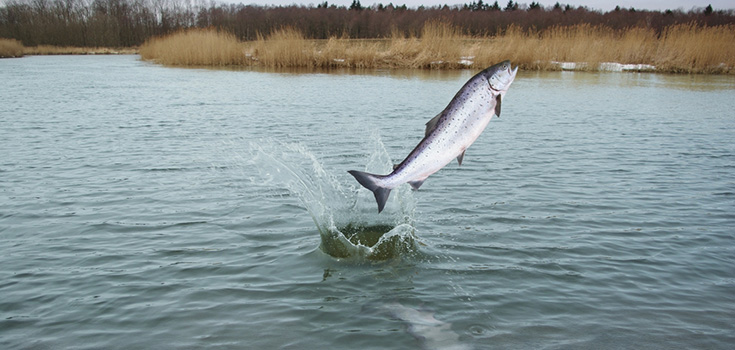Fraudulent Seafood | Are You Really Getting What You Think You Are?

By: Patty Donovan
By running fish DNA through gene sequencers, scientists have found rampant labeling fraud in the supermarket and in restaurants. Cheap fish is substituted for expensive filets and over fished species are passed of as fish whose numbers are plentiful. The fish geneticists state that 25 to 70% of the seafood they check is fraudulently identified. Government inspections find an average of 37% of seafood fraudulently identified. The most common mis-labelings are for red snapper, cod, wild salmon and grouper. Most fish purchased in the US is imported but the FDA currently inspects less than 2% of these fish.
Fraud runs as high as 90% for red snapper. Most red snapper is another type of snapper, rockfish or a variety of unrelated fish. Because of dyes and feed additives, it has become very difficult to tell wild salmon from farmed salmon. Wild salmon is commercially extinct in the Atlantic Ocean, so any salmon labeled “Atlantic” is farmed. Salmon labeled “wild-caught” has been found to actually be farmed salmon 56% of the time.
Some other examples of fraud: Tilapia masquerading as almost anything else; perch labeled as shark, yellowtail instead of mahi-mahi, catfish as grouper and farmed shrimp from Vietnam labeled “Gulf shrimp”. In one case, tilefish was labeled as grouper. Tilefish contains more than 3X the amount of mercury found in grouper and women of childbearing age and children are advised not to eat it.
Besides affecting your pocketbook, this fraud can dramatically affect health:
-
Substituting a different fish can leave the consumer exposed to unexpected toxins, contaminants and allergens.
-
Farmed seafood from other countries, especially Vietnam, may contain many drugs not allowed in the US.
-
Substituting farmed seafood for wild-caught leaves the consumer exposed to antibiotics and dyes that would not be present in wild-caught.
-
Chemical contamination is much higher in farm raised seafood than in wild-caught.
-
Ciguatera: This is a food poisoning from a fish toxin that used to be confined to tropical regions but, with globalization of the seafood market, can occur anywhere. It is very difficult to diagnose when not being looked for, and if a diagnosis is made, it is nearly impossible to trace the source of the fish. Ciguatera can last for weeks or even months. Some symptoms include pain, nausea, diarrhea, muscle cramps, numbness, weakness, irregular heart beat, blurred vision and “reverse temperature sensation” where hot feels cold and cold feels hot. In some people, the symptoms recur throughout their lifetime.
-
Processed fish products often contain parts of many varieties of fish and even some crustaceans. The presence of unlabeled shell fish can cause a fatal allergic reaction in a sensitive person.
-
Farmed salmon are plagued with sea lice which is now controlled with a heavy duty pesticide called emamectin benzoate, or SLICE. The FDA doesn’t even test for this while Canada has decided it is OK to allow small amounts to be present. About 40% of salmon sold in the US comes from Canadian fish farms.
How to protect yourself:
-
When buying fresh fish, don’t be afraid to ask the person behind the counter about the origin of the fish. If they can’t answer or find the answer, beware.
-
Avoid farmed fish, especially imported.
-
Be suspicious if the fish seems exceptionally cheap.
-
Beware of wild-caught salmon on the market during the off-season from November through March.
-
When possible, buy directly from the fisherman.
Additional Sources:
